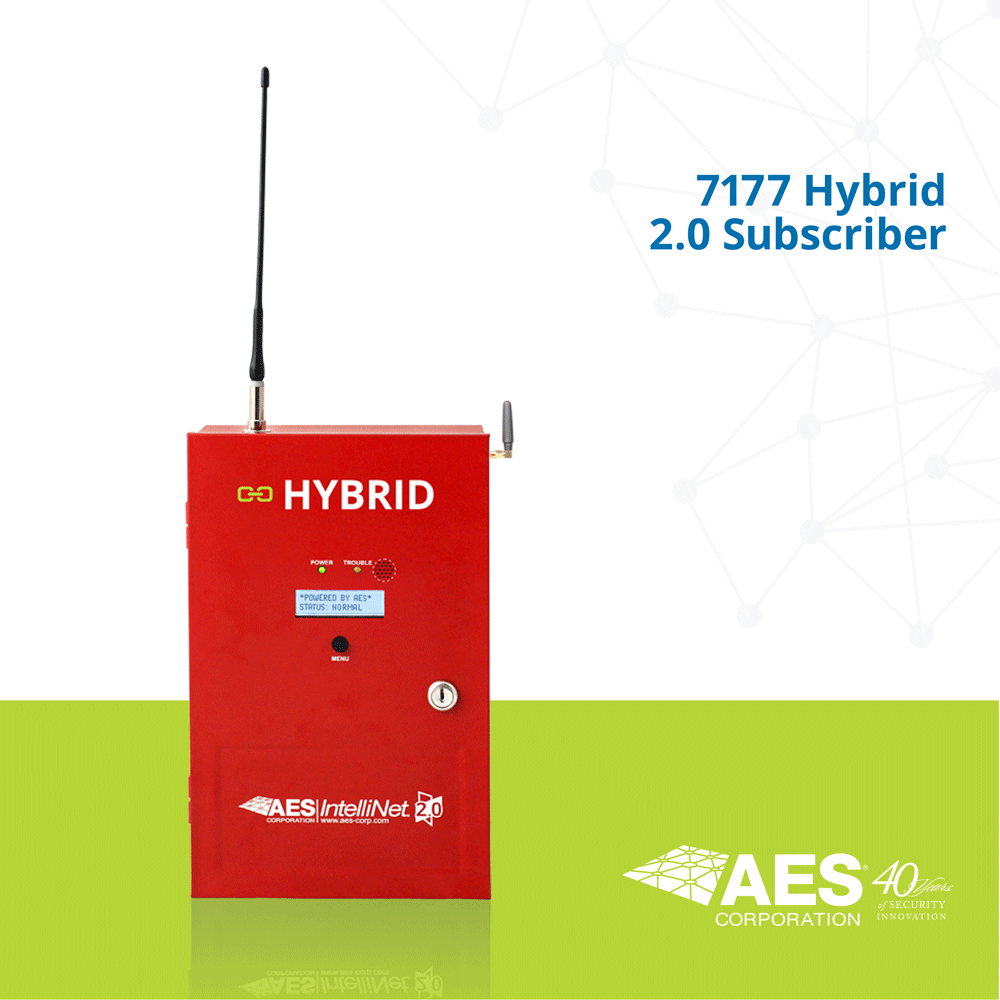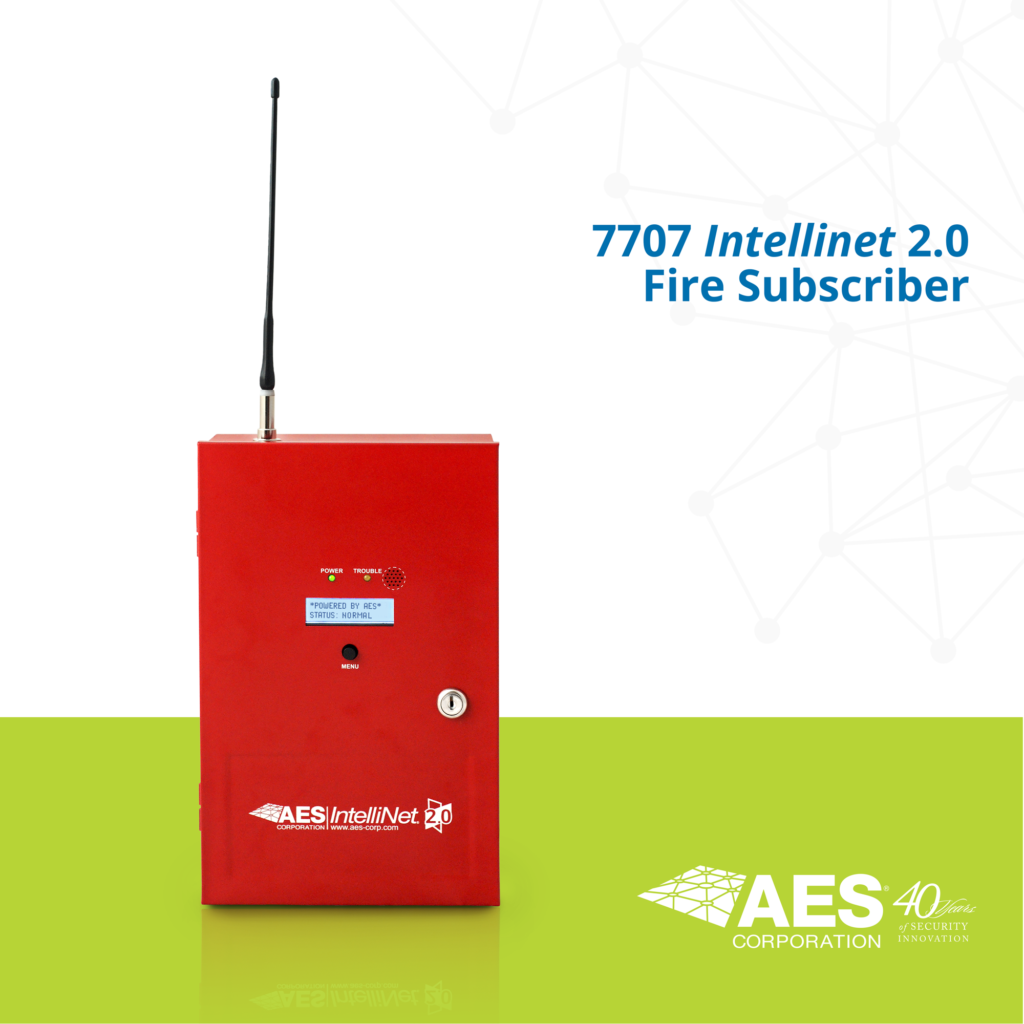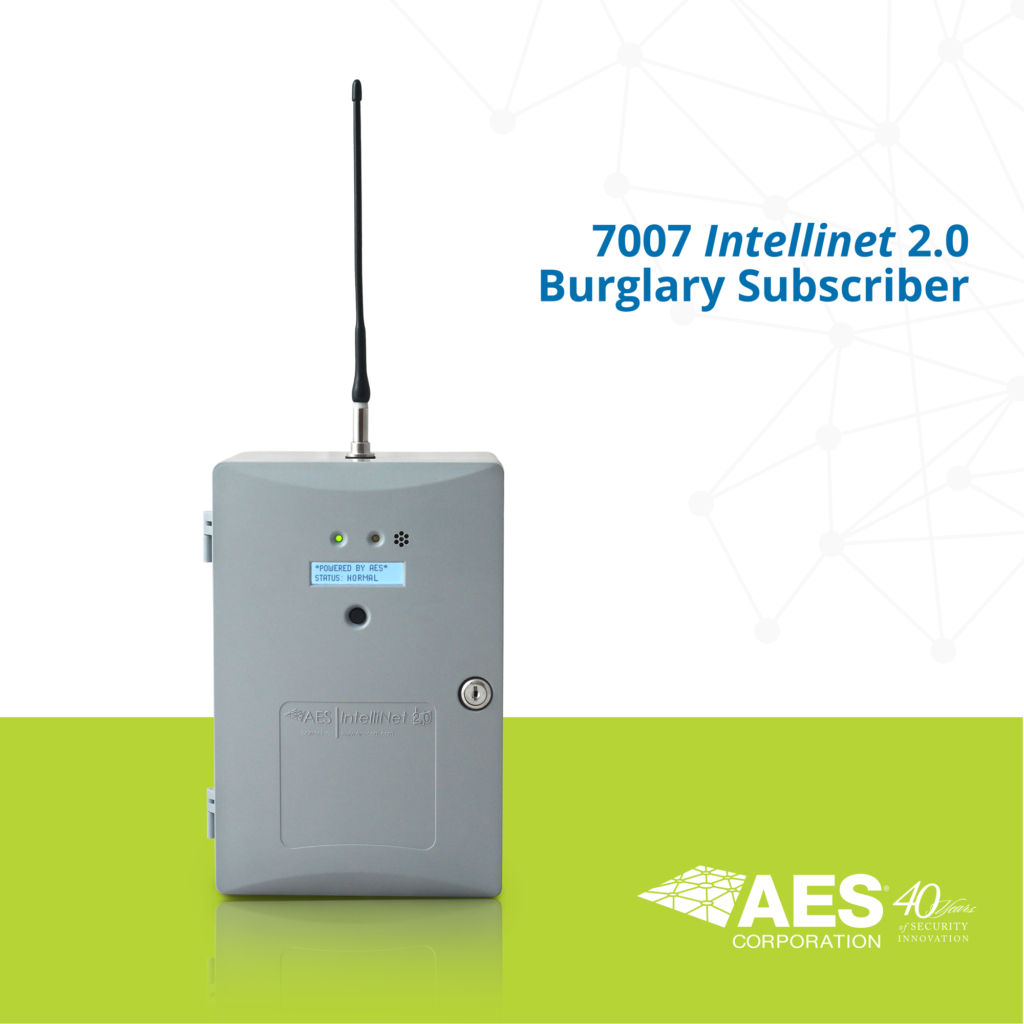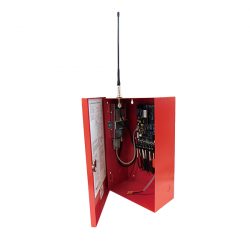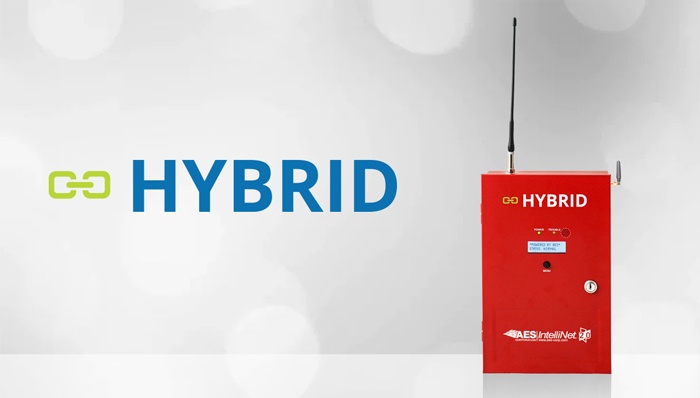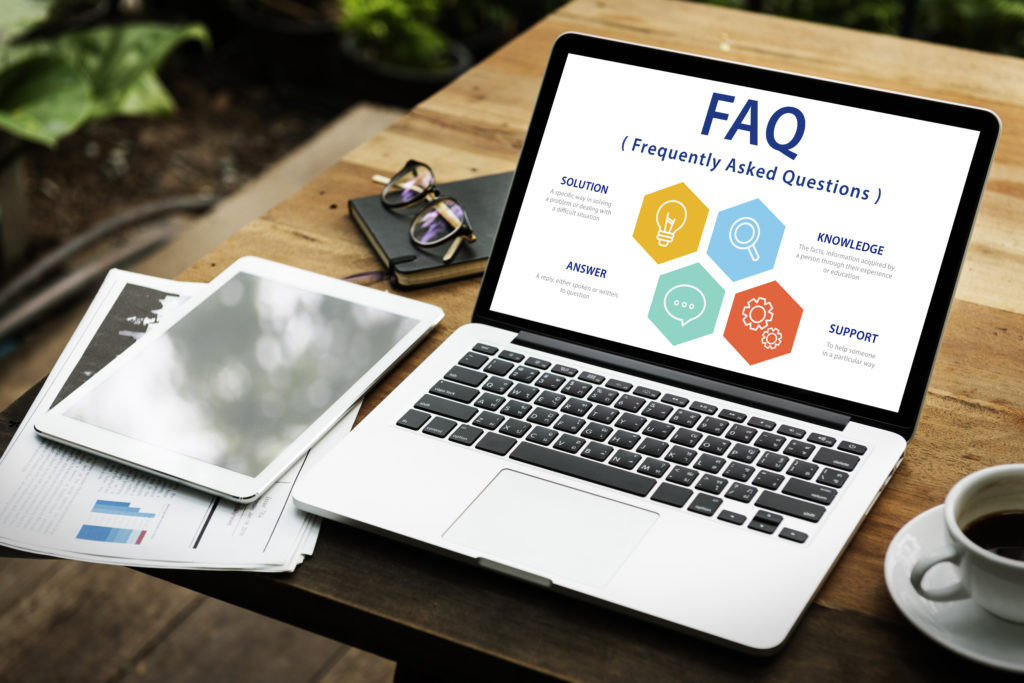
1. How to Program an IntelliNet 2.0 Unit
Please refer to the product Quick Start Guide and additional product manuals:
You can also view our AES’s 2.0 IntelliNet video playlist, designed as a training tool for presenting the mesh radio concept, new products, upgrades, how to’s, and tech tips.
Visit product pages for all resources and software update information:
2. How to Program a Legacy Fire Subscriber
Please refer to the product Quick Start Guide and the product manual:
Visit the product page for all resources and software update information:
3. What is a Panel Interface Fault on 2.0 Units?
A panel interface fault is when the mainboard of a 2.0 unit is not acknowledging the IntelliPro.
Many times, this can be resolved by utilizing the 2.0’s Web GUI to manually accept the IntelliPro to be re-acknowledged by the mainboard.
4. Does AES Have a Knowledge Database?
Yes, AES Technical Support hosts multiple ways you can engage with our team including access to the self-service DEALER PORTAL, where you can find solutions along with the ability to log or track a case. If you’re a first time user and need a login, just start a live chat session with a member of our AES Support team for credentials. You can also contact via phone at (866) 237-3693.
You can also submit a case via our online form.
f you prefer contacting us by Email, just send us a message to support@aes-corp.com including:
- Contact Name
- Title
- Company
- Email Address
- Phone Number
- Description of Issue
Your email submission will be automatically acknowledged and entered into our computerized case tracking system.
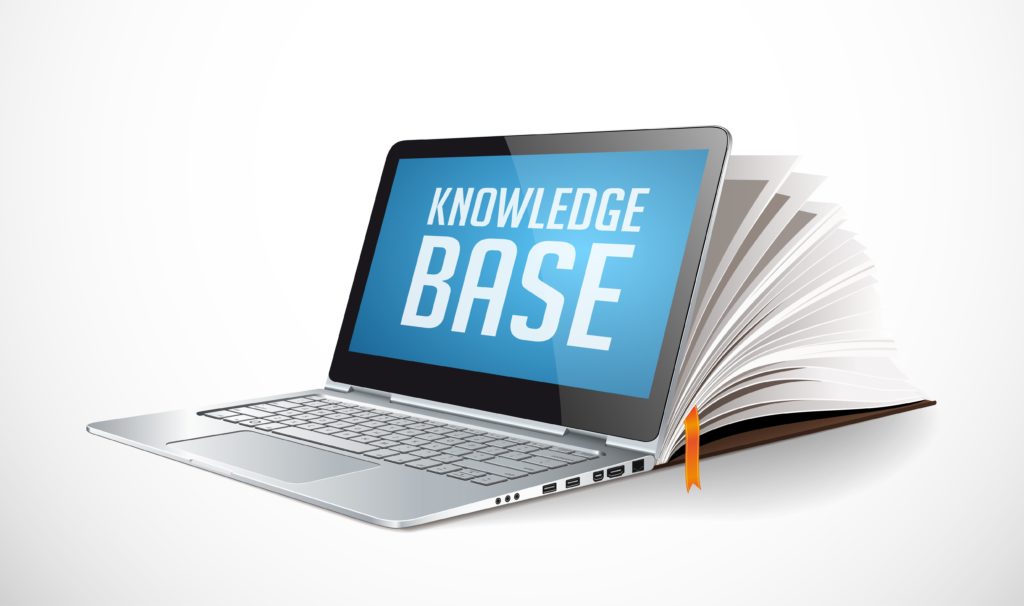
5. How is the 7177 Hybrid similar to a 7170 IP Link?
With the AES Hybrid you can start a new network, optimize network performance, or expand an existing network. The 7177 provides dual functionality, combining elements of the powerful next generation IntelliNet 2.0 Fire Subscriber with IP Link capabilities to act as a network bridge.
The AES Hybrid includes the IntelliPro full data module and IP Link capabilities, plus provides the capability to send an alarm from the Customer premises to the Central Monitoring Station (CMS) via RF and/or IP AND transmit peer signals via IP. Wi-Fi internet connectivity comes standard.
View the Hybrid Video here:
6. What is NMS and How is it Useful?
The 7275 is the AES Network Management System, it provides a real-time visual presentation of
the operation and function of an AES mesh radio alarm network. The NMS platform can also drive
down overall network management costs while supporting efficient and profitable network growth as additional AES subscribers are deployed. NMS monitors all network subsystems which includes MultiNet Receivers, IP Links, Burglary and Fire Subscribers delivering real-time notifications of
system events.
To learn more about full release details and the benefits within a shared network, please ask a member of our sales team or contact us to schedule a free NMS demo at sales@aes-corp.com or (800) 237-6387.
To have software installed by AES, NMS Administrators should contact AES Technical Support via a Support Online live chat session or call (866) 237-3693 to schedule your upgrade with a member of our team.
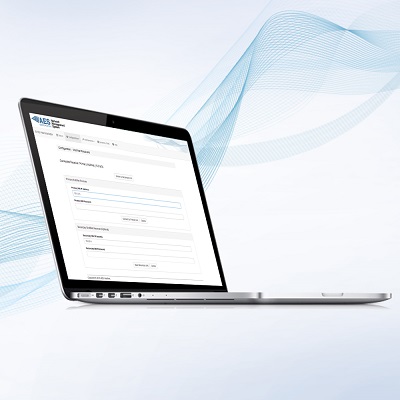
7. What WiFi Dongle Can I Use with 2.0 Units?
The 77-WiFi is an AES certified WiFi adapter that can be used for both the 7707 2.0 Fire and
7007 2.0 Burglary subscribers.
8. Does AES Offer Technical Product Training?
Yes. AES is currently offering virtual online technical training. Follow this link to sign up for notifications regarding upcoming classes.
9. If I use an antenna with a higher dB, does that make the signal strength stronger?
No, it’s important that you select the proper gain for the antenna that will provide a strong
Radio Frequency (RF) connection for your AES Subscriber.
To learn more, view our ‘Maximizing Your Antenna Connection’ video here:
10. How are AES Radios Different from Cellular and What Are The Benefits?
Mesh radio technology is the communications platform you can rely on. While other traditional methods fail during increased instances of widely reported outages, AES signals keep daily operations running at peak performance.
AES technology is proven to withstand even the most challenging conditions, such as:
- 2017 Hurricane Harvey and Hurricane Irma
- 2014 Mexico earthquake
- 2012 Superstorm Sandy
- 2008 New England and upstate New York ice storms
- 2007 California wildfires
- 2005 Hurricane Katrina
With AES private networks, owners and operators have control of services end-to-end without reliance on public service providers. Critical event signals are delivered with the quickest response time in just 1-3 seconds compared to Internet, Telephone and Cellular that can take up to 45 seconds. With AES Radio there’s no cabling, no trenching, no wiring, and no towers.
Our products are developed with AES Best Practices top of mind and are rigorously tested to meet
NFPA Code Compliance and UL/ULC Listings. View our Fire Marshal Resources web page to access our AHJ Resource Guide and Compliance Overview brochure with links to official listings.
Engineered for multiple monitoring applications, AES Radio helps alarm dealers, contract central stations, and installers grow their business.
Most importantly, we help protect what matters most—your people, your business, your property.


